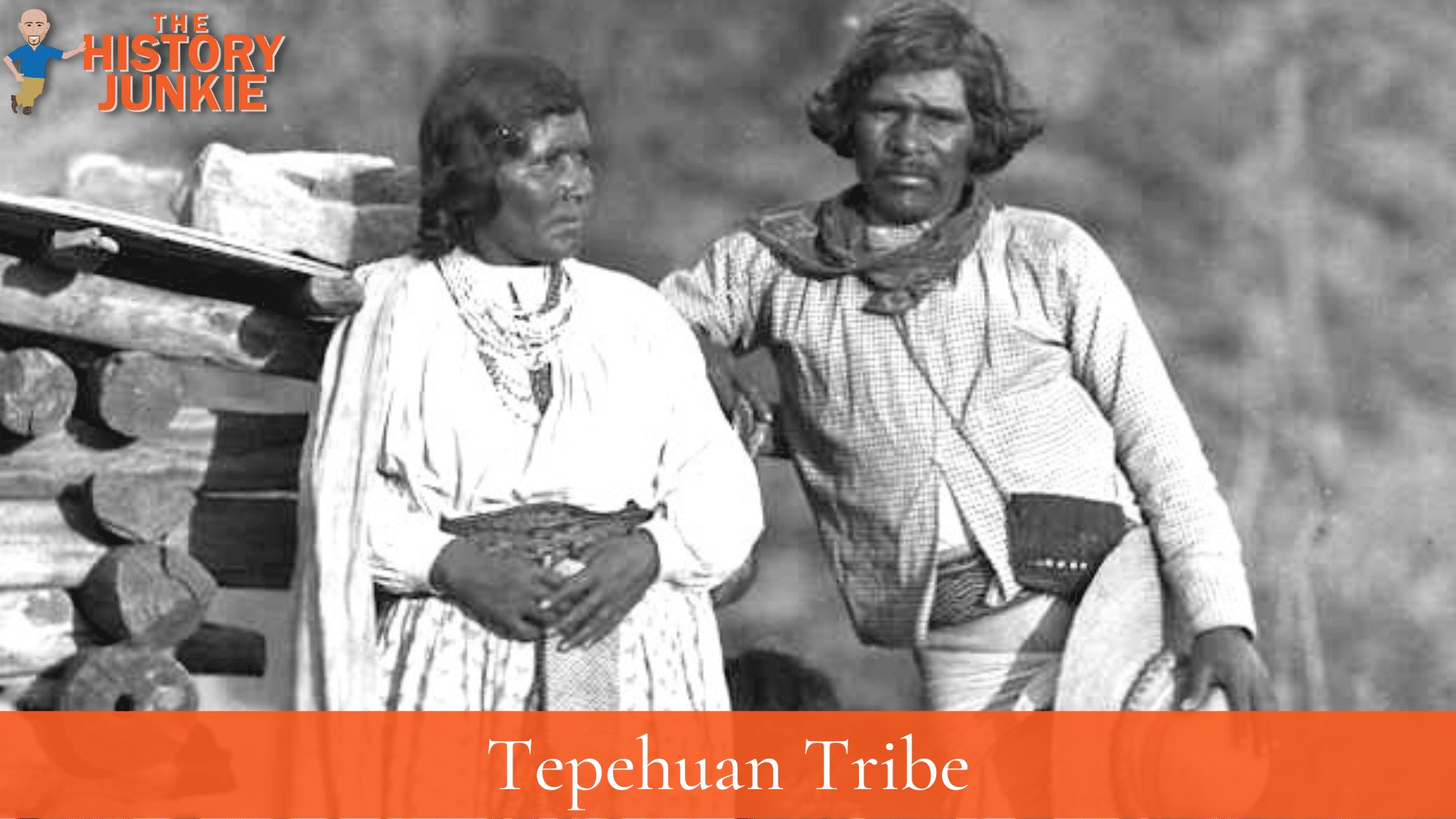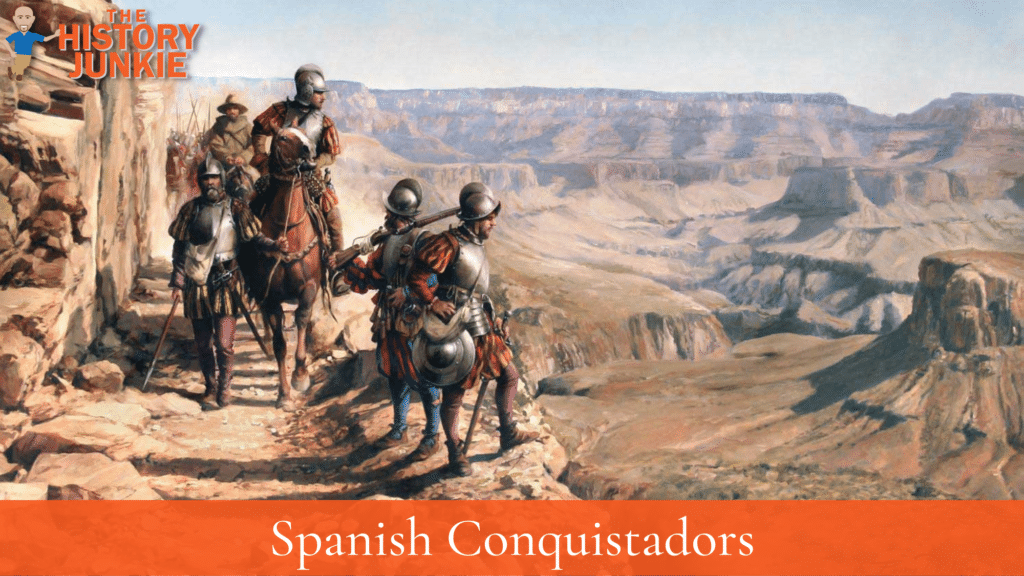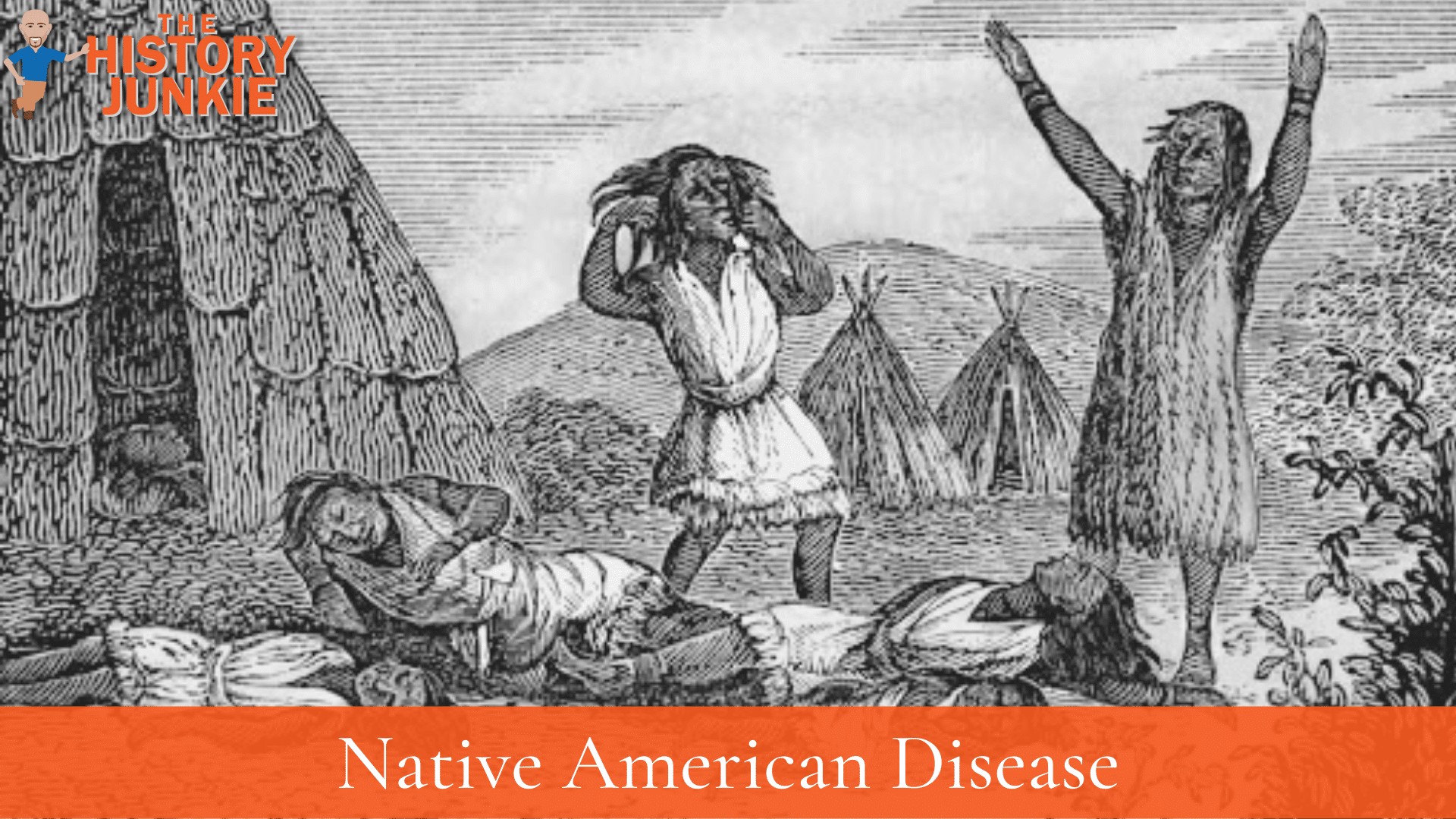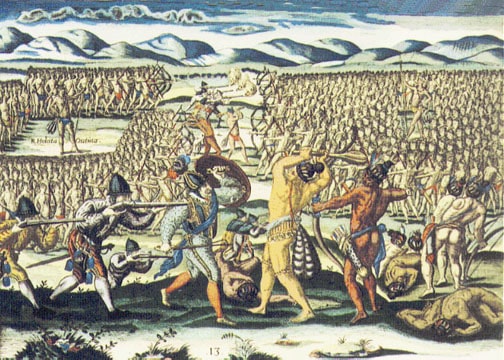
Jump to:
#1. The Tepehuan Tribe Was The Largest Southwest Tribe At The Time of The Spanish Conquistadors
The Tepehuan Tribe, A Southwest Indian Tribe, is located in northern Mexico.
When the Spanish Conquistadors arrived in the New World, their primary focus was attaining gold and colonizing the New World.
Most of the attention that the Natives get when studying the Spanish conquest of Mexico is of the Aztecs, which is as it should be.
They were the most powerful and numerous tribe in Mexico. However, just north of them in the Southwestern portion of the United States was the Tepehuan Tribe, who, at the time Christopher Columbus arrived, were the largest tribe in their region.
They did not have an empire like the Aztecs, but they were numerous and formidable.

#2. The Tribe Is Divided Into Two Groups
The Tepehuan Tribe is divided into two groups: the Northern Tepehuan Tribe and the Southern Tepehuan Tribe.
The Northern Tepehuan Tribe are mountain people and live in southern Chihuahua. Their government is composed of a master general, several governors, six alternates, captains, sergeants, corporals, officers of justice, prosecutors, and partygoers.
Along with the captain-general, governors administer justice and intervene in resolving conflicts between people.
The other members of the government are also involved in the administration of justice, while prosecutors are dedicated to cleaning the churches and partiers, the arrangement of the altar.
The Southern Tepehuan Tribe is located in southern Durango and Zacatecas, northern Nayarit, Jalisco. The South Tepehuanes live in the municipalities of Mezquital and Pueblo Nuevo in the state of Durango, in the town of Huajicori in Nayarit.
#3. Many Tepehuanes Adopted Spanish Farming
Prior to the arrival of the Spanish, the Tepehuanes were a hunter-gatherer culture. The men would hunt and bring food to the tribe, which allowed them to sustain life.
The Spaniards introduced the use of oxen in farming, the raising of cattle, sheep, and goats, the use of animal fertilizer, and new religious and political forms and clothing styles. These new practices would cause a split with some of the tribes that wished to remain more traditional.
#4. Disease and Rebellion Ravaged Their Population

The Tepehuan tribe shared the same experience with European diseases that all Native Americans did. They did not have immunity to the germs the Spanish were unknowingly carrying, and it shrunk their population dramatically.
The primary reason that many of the tribes were conquered within Mexico and throughout the United States had little to do with advanced weapons and more to do with disease. Many Native American tribes lost 50 - 80% of their population, and some close to 90%.
While the Tepehuan tribe did not suffer as much as some of the others did, they still lost a significant portion of their population, which made them less powerful in the face of the Spanish, whose population was increasing.
#5. The Tepehuan Revolt Almost Pushed The Spanish Out

The Tepehuán Revolt from 1616 to 1620 was a bloody and ultimately unsuccessful attempt by the Tepehuán, inspired by a messianic leader named Quautlatas, to rid their territory of the Spanish.
On November 16, 1616, a wagon train traveling to Mexico City was attacked by the Tepehuán just outside Santa Catarina de Tepehuanes, a small village in the eastern foothills of the Sierra Madre Occidental.
Despite their initial successes, the Tepehuán were unable to persuade neighboring Indian groups to join their revolt, and the Spanish prevailed.
In 1618, the missionaries, Jesuits, and Franciscans were allowed to return to their missions. The Governor, however, declared that the province was “destroyed and devastated, almost depopulated of Spaniards. The…churches were burned. The silver mines and their machinery were also burned.”
It would be half a century before the region returned to its former prosperity. The Tepehuán Revolt also caused a revision in Spanish policy toward the Indians.
Hereafter, the missions and settlements would be better protected by the Army
